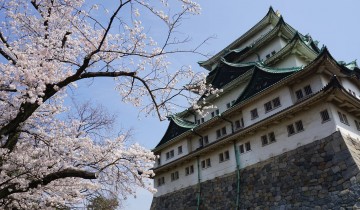Big Island
Big Island, Hawaii is the largest and the southeastern-most of the Hawaiian Islands, a chain of volcanic islands in the North Pacific Ocean. With an area of 4,028 square miles (10,430 km2), it is larger than all of the other islands in the archipelago combined and is the largest island in the United States. The island is often referred to as the “Big Island” to reduce confusion between the island and the state.
It’s easy to feel awed on Hawaii Island. From the molten magma flowing from Hawaii Volcanoes National Park to the snow-capped heights of Mauna Kea; from the green rainforests of the Hamakua Coast to the jet-black sands of Punaluu Beach; Hawaii Island is an unrivaled expression of the power of nature.
Nearly twice as big as all of the other Hawaiian Islands combined, its sheer size can be inspiring. You’ll find ten out of thirteen of the world’s climatic zones within this island’s shores.
The dramatic size and scope of the largest Hawaiian Island create a microcosm of environments and activities. On this island’s vast tableau, you’ll find everything from extravagant resorts and incredible golf courses to modest local towns and sacred Hawaiian historical sites, from the birthplace of King Kamehameha I to Hawaii’s first missionary church in Historic Kailua Village (Kailua-Kona). With so much to see, it’s best to experience the island in small pieces. There’s plenty of room on Hawaii Island for your return.






















